Pelmeni, pierogi, vareniki, manti, khinkali, pirozski, pirogi, wonton, ravioli, kreplach, you name it! There are as many variations of this dish as there are people cooking it! In this post, I will shed some light on the main differences between pelmeni and pierogi to save you time trying to surf the Internet for the answer.

Jump to:
What is pelmeni?
The more correct way to ask would be "what ARE pelmeni" because, as is also in the case of pierogi, in the original language the word is in a plural form.
Pelmeni are meat dumplings that are essentially meat-filled parcels made with unleavened dough. It is believed that pelmeni originated from Chinese wonton dumplings and were adjusted to different cuisines around the world.
Pelmeni are often found in Russia, especially in Siberia and the Urals, but it is also a common comfort food in Ukraine and Eastern Europe.
Check out my gluten-free pelmeni recipe!
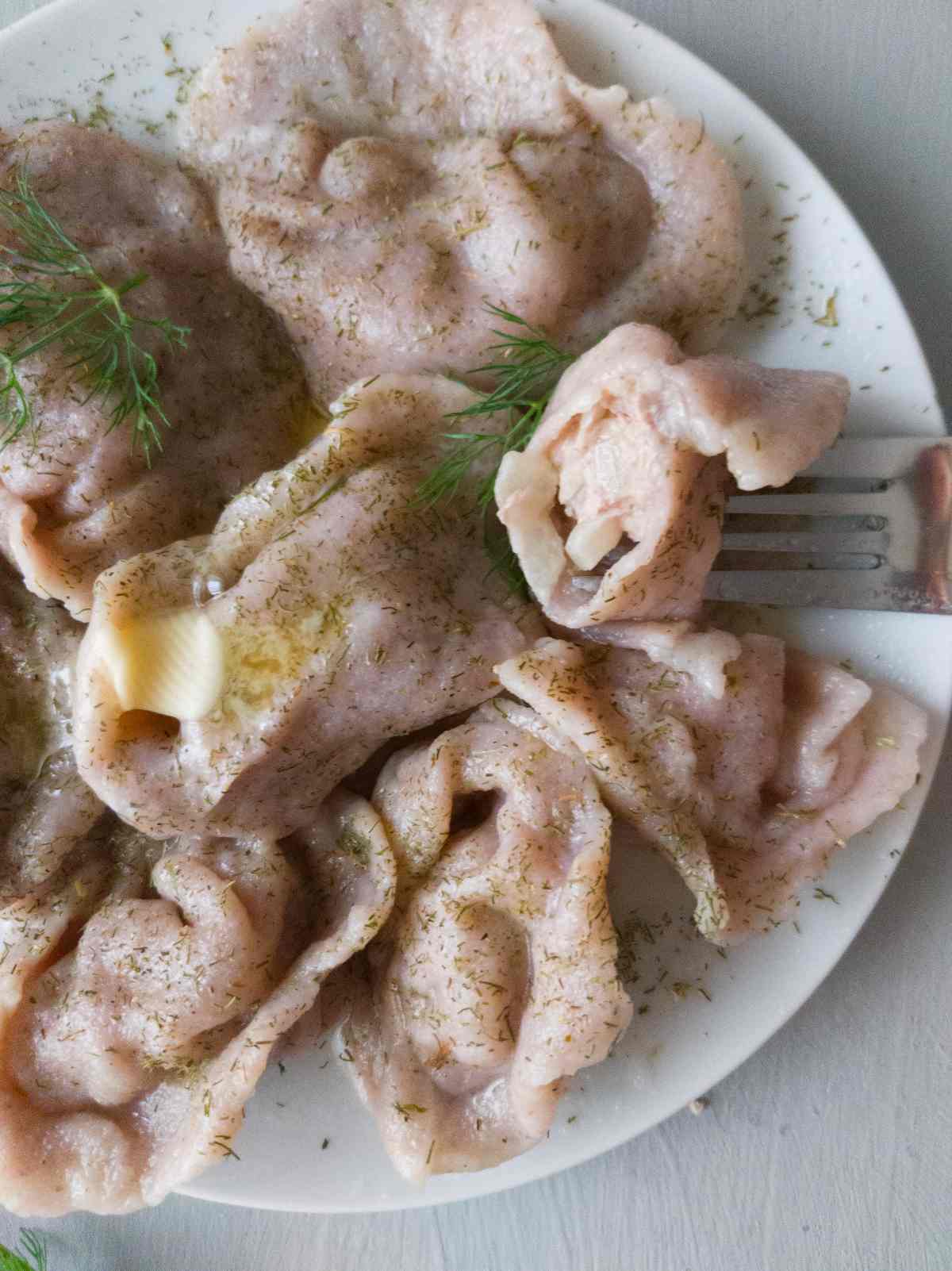
What is pierogi?
Again, pierogi is a plural form of the word, and the reason for that is that they are so small, you would look really silly trying to eat only one dumpling for lunch.
Pierogi are a traditional Polish dish that are made of unleavened dough and filled with all kinds of various foods. The most common fillings are potatoes, mushrooms, cabbage, sauerkraut, onions, cheese, or fruit.
Go to my gluten-free cabbage pierogi recipe!

What is vareniki?
Vareniki are very similar to pierogi. The difference in name is due to the difference in the country of origin! Both are made with unleavened dough and both can be filled with anything including fruit and cream cheese.
What is piroshki?
Piroshki are the odd one out when it comes to dumplings. They aren't dumplings at all! Piroshki are made with leavened dough, they can be cooked, baked, fried, or even deep-fried.
You can fill piroshki with anything and everything from meat, cabbage, onions, and mashed potatoes, to cherries and apples. Piroshki are a sample at a Slavik grandma's house!
The Difference
The biggest difference between vareniki and pierogi vs. pelmeni is their fillings and shape. Pierogi's and vareniki's ends are never connected, which leaves them with a crescent shape. Pelmeni, on the other hand, are always connected at their ends which makes them look more round.
Pierogi and vareniki can be filled with anything from potatoes, onions, meat, and cabbage, to fruit. Pelmeni, on the other hand, are always filled with meat, it can be ground pork, beef, or even fish.
While pelmeni will most often be served as a main meal, pierogi and vareniki can be anything from an appetizer, to a main, or even a dessert if made with a sweet filling.
In Siberia, sometimes bird cherries are dried and milled, then added to the pelmeni dough to add a special and unique flavor.
Now, when it comes to all the other variations, they all might look and taste different depending on the country! Here is what I mean!
Pierogi (Polish)

The filling can be sweet or savory.
Pelmeni (Russian)
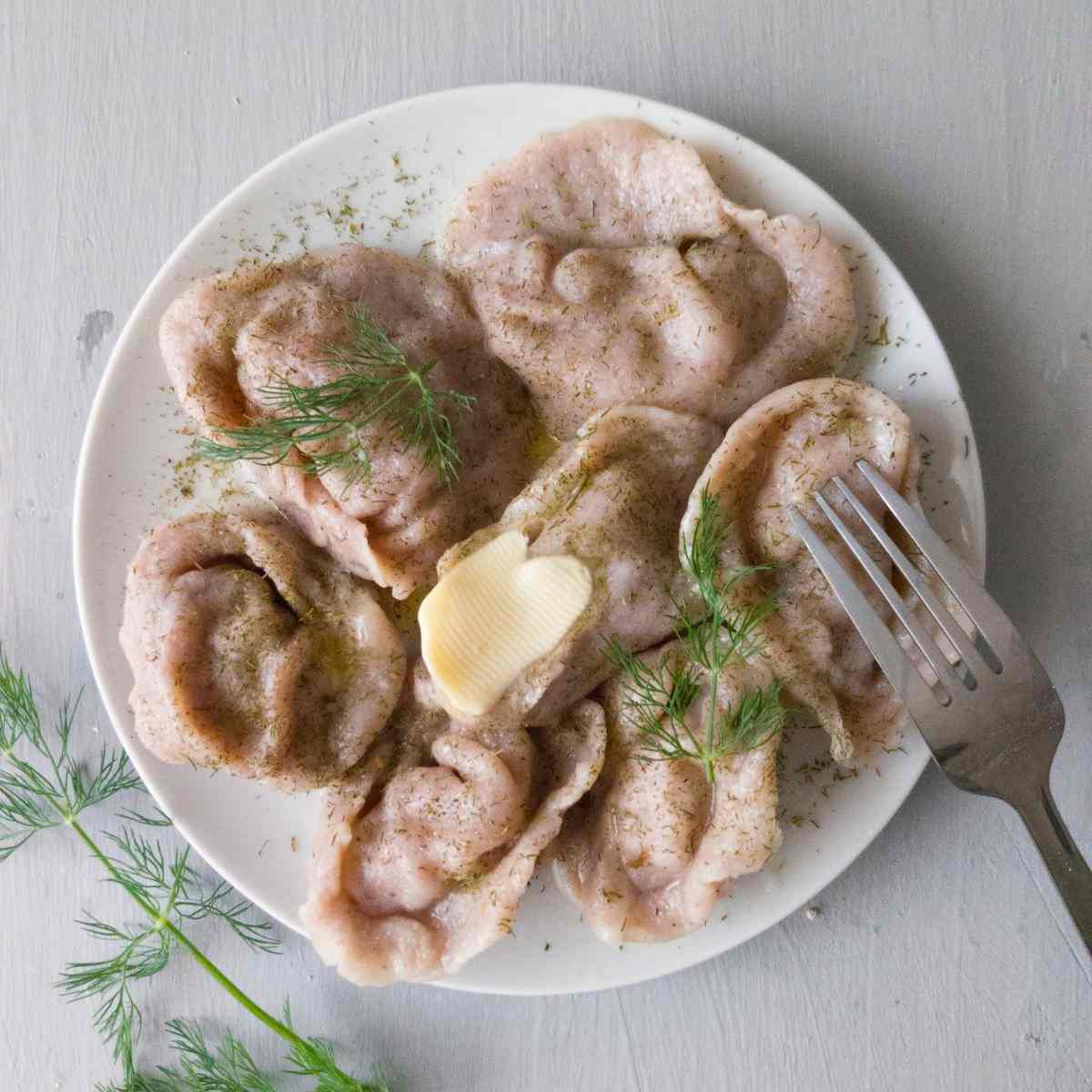
Traditionally filled with ground meat.
Vareniki (Ukrainian)
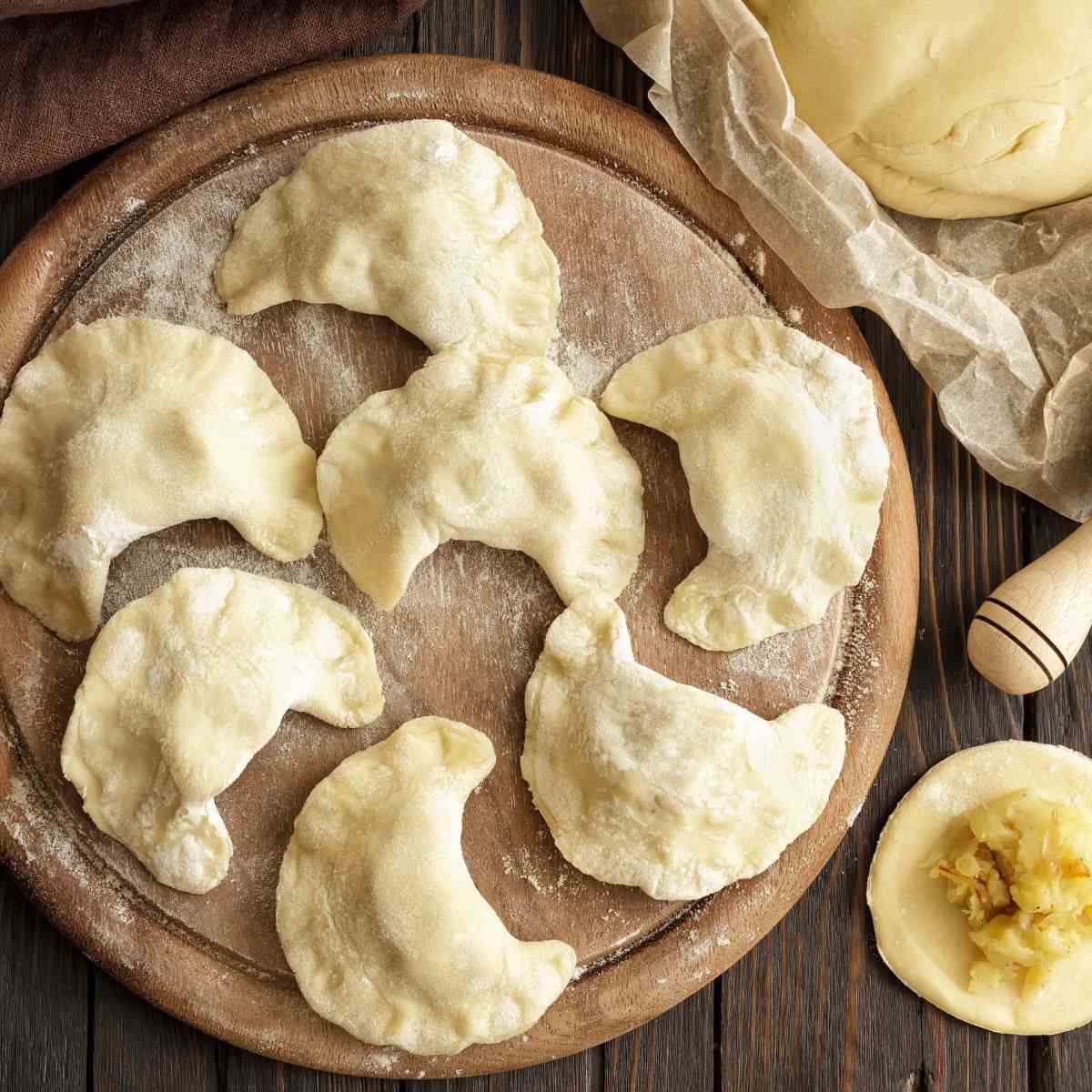
Can be either sweet or savory, but mostly it is served sweet.
Kreplach (Jewish)
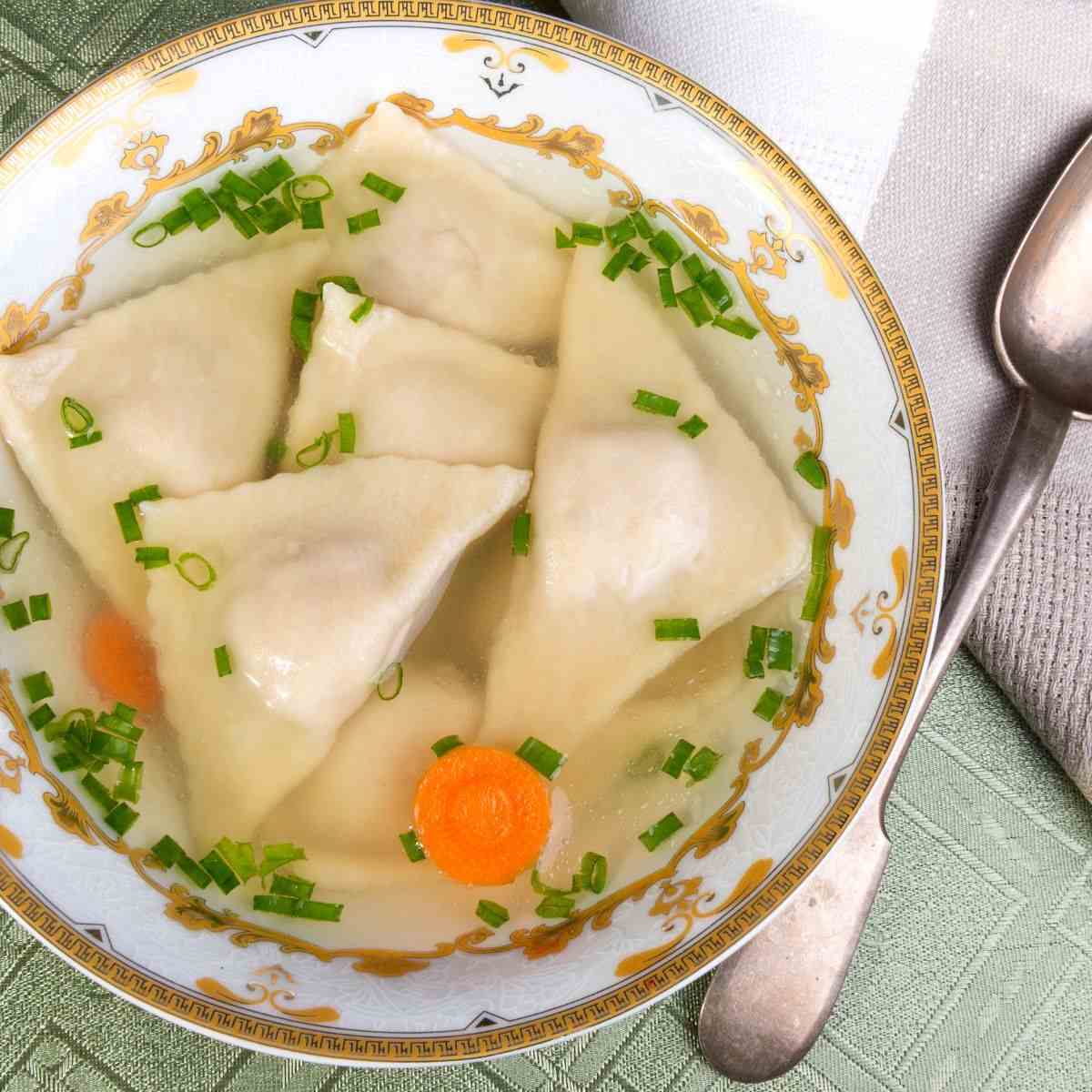
Normally filled with ground beef & onions.
Wonton (Chinese)
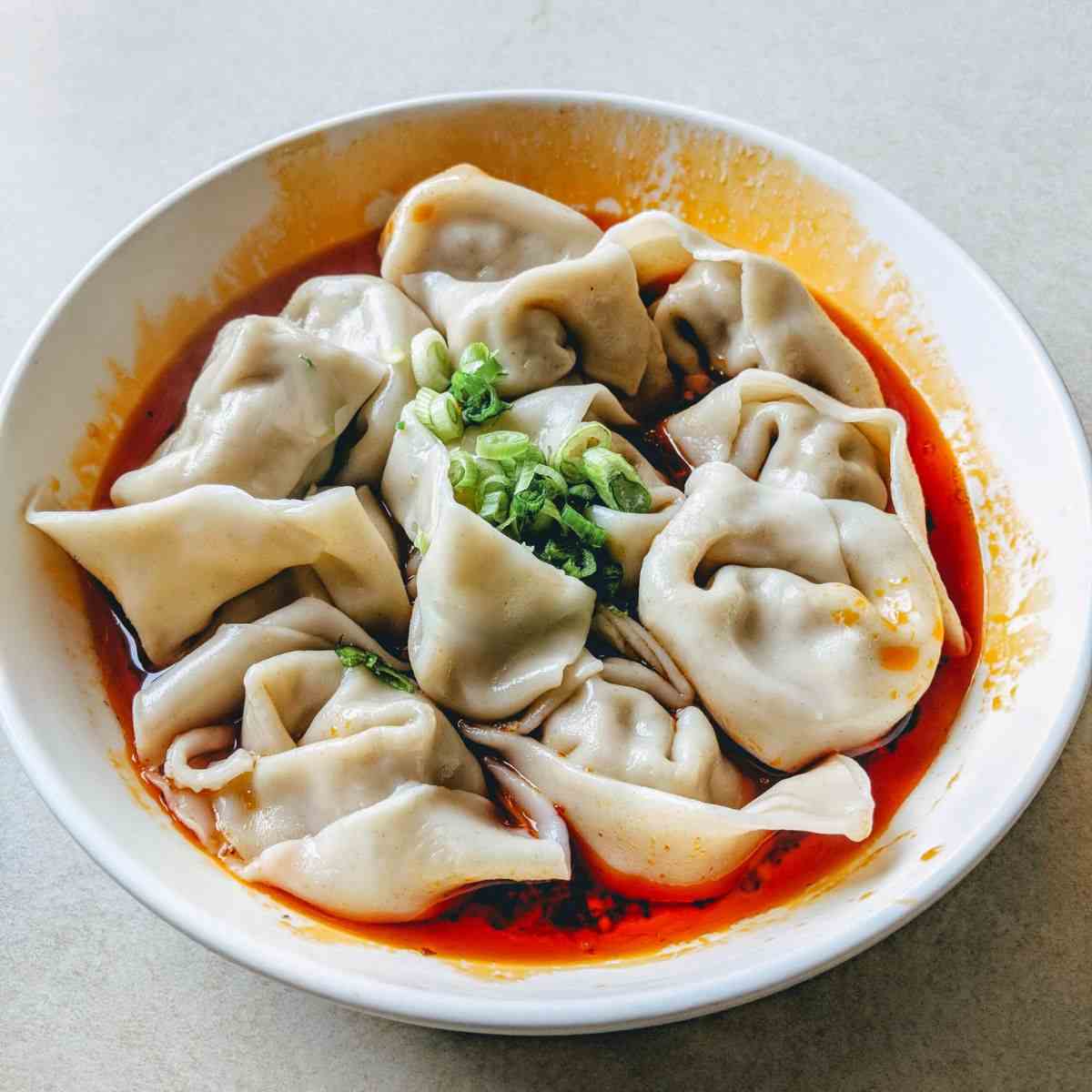
Traditionally filled with pork or shrimp.
Manti (Siberia, Russia)
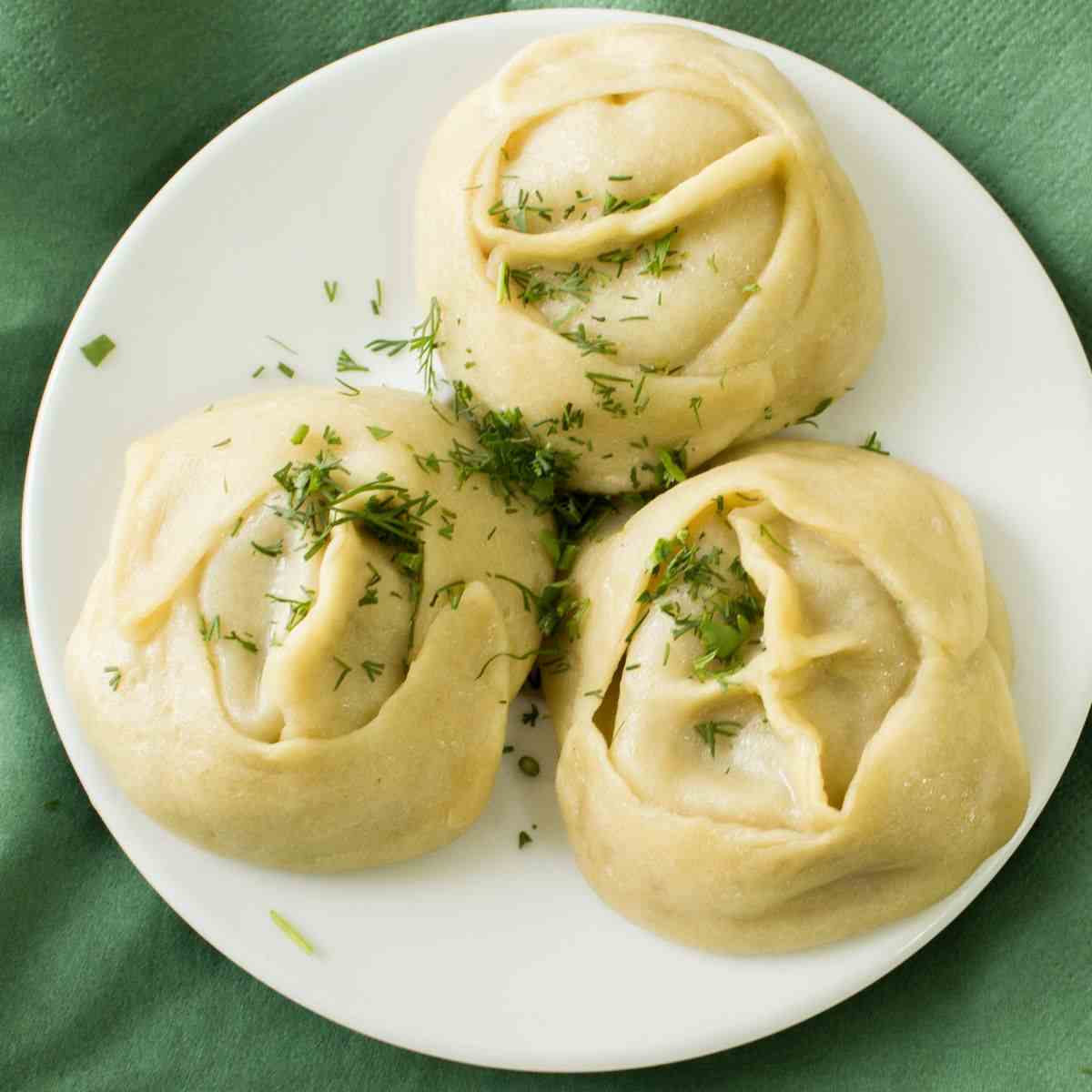
A savory dish, can be filled with meat, potato, or pumpkin.
Ravioli (Italian)
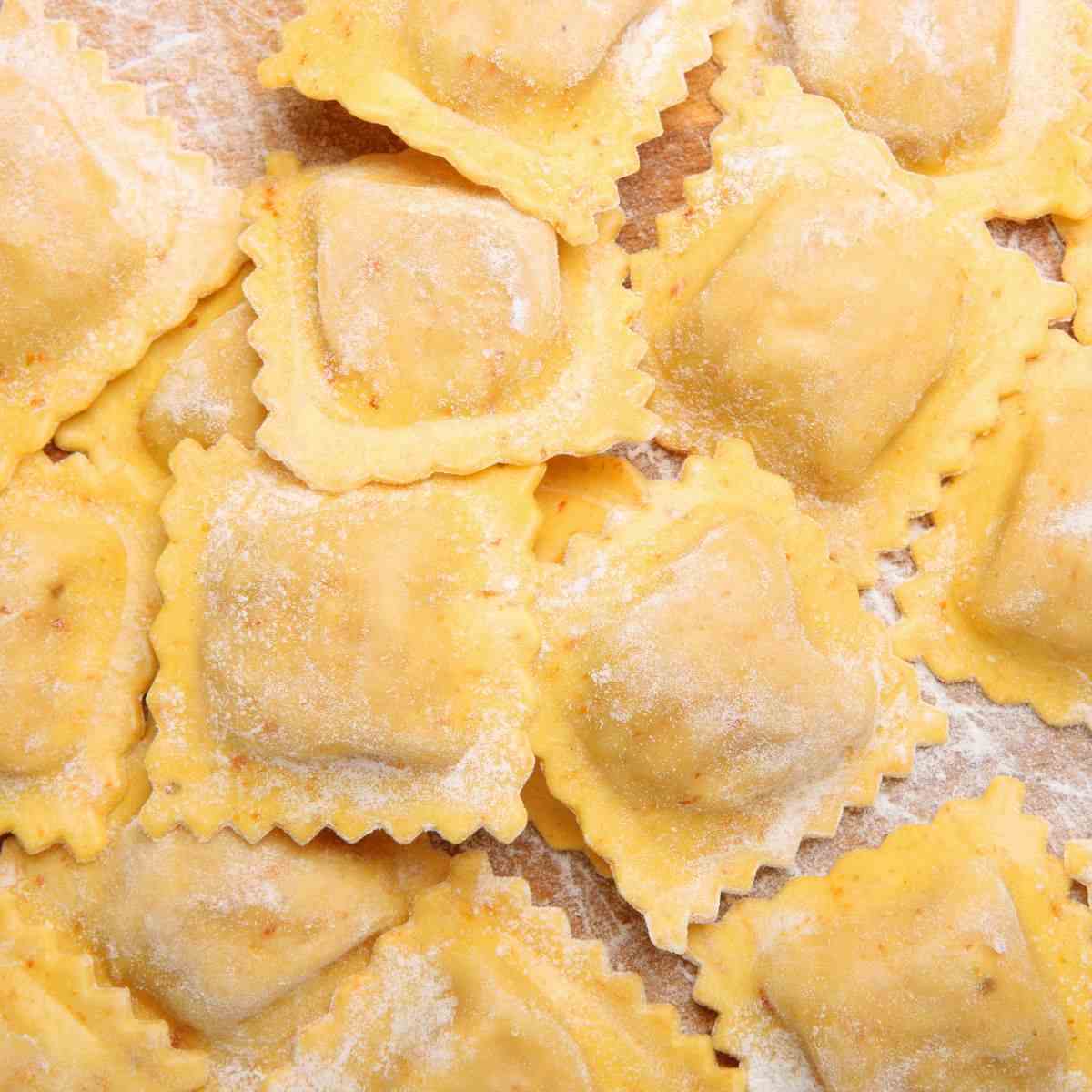
Most of the time ravioli is filled with meat, cottage cheese, and/or veggies.
Khinkali (Georgian)
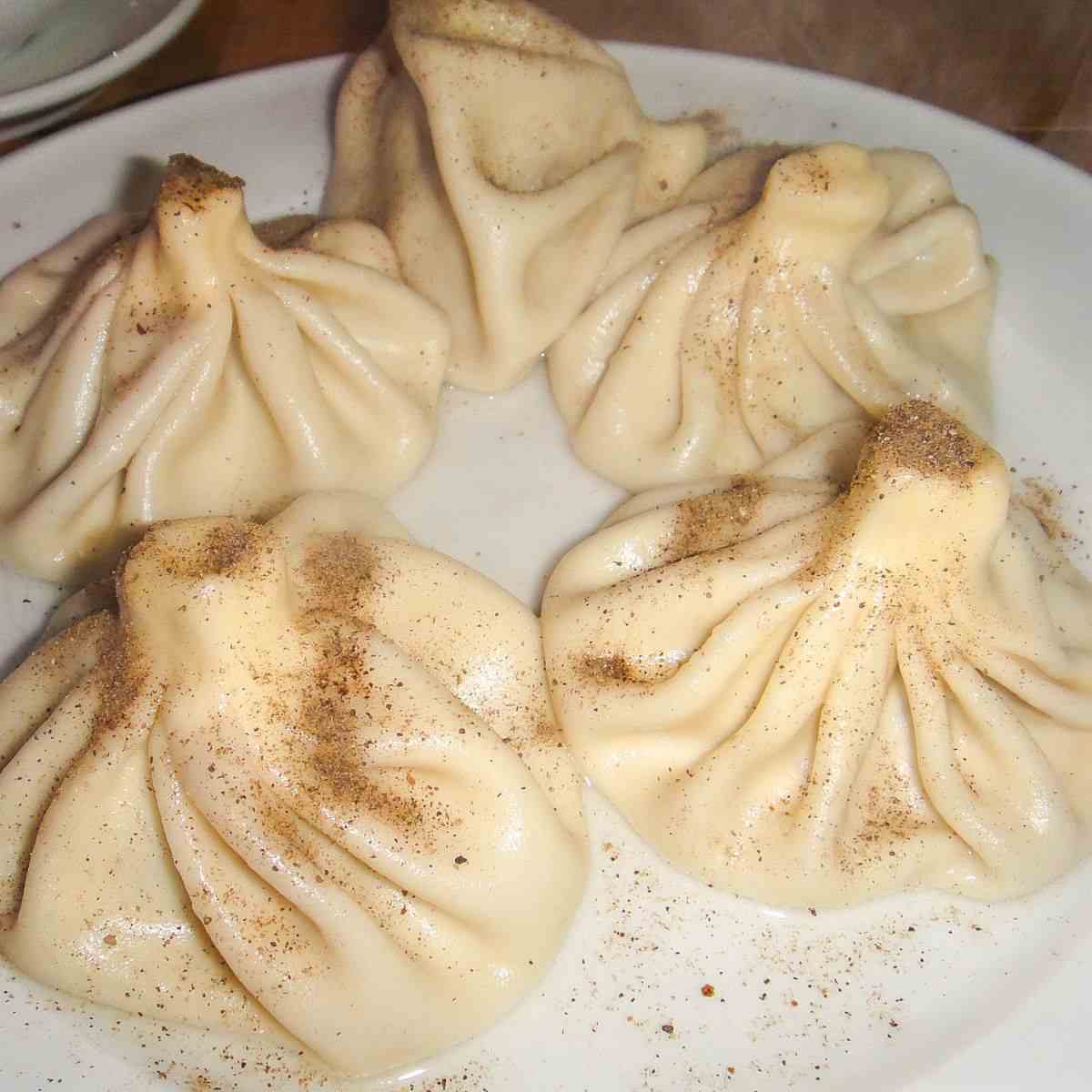
FIlled with ground meat.
Gyoza (Japanese)

Typically contains ground pork as a filling.
Piroshki (Russian, Ukrainian)

The filling can be anything savory, cabbage, potatoes, onions, even rice with chicken, liver, or other meat.
Vareniki vs pierogi
So, is there any difference between the two? Well, there is. Vareniki are more often eaten in Ukraine and pierogi in Poland. While pierogi are most of the time a savoury dish, vareniki are served sweet on most occasions.
Piroshki
Piroshki are very different from pierogi, vareniki, and pelmeni. Piroshki are no dumplings! They are made with leavened dough and filled with all kinds of things from meat to cabbages to potatoes. Piroshki are rarely sweet, and they can be baked, fried, or boiled.
For piroshki, the outer layer of dough is much thicker than with dumplings (thanks to the yeast) and piroshki themselves are 4 or 5 times larger than a large-sized dumpling.
Dumpling vs pierogi
Dumplings and pierogi are almost synonyms. Dumplings include pierogi, vareniki, pelmeni, and all the other variations of this dish in its definition. In fact, sometimes dumplings don't even have a filling, they might simply be served as a little piece of boiled dough in a soup.
Kreplach vs pierogi
While pierogi are mostly vegetarian, kreplach is filled with ground meat. While pierogis can be served by themselves with a spoon of sour cream, kreplach is often served in chicken broth!
I hope this clears up the confusion for you and helps you choose which dumpling recipe to make next!


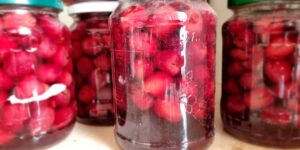
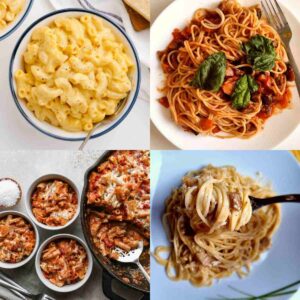

Comments
No Comments